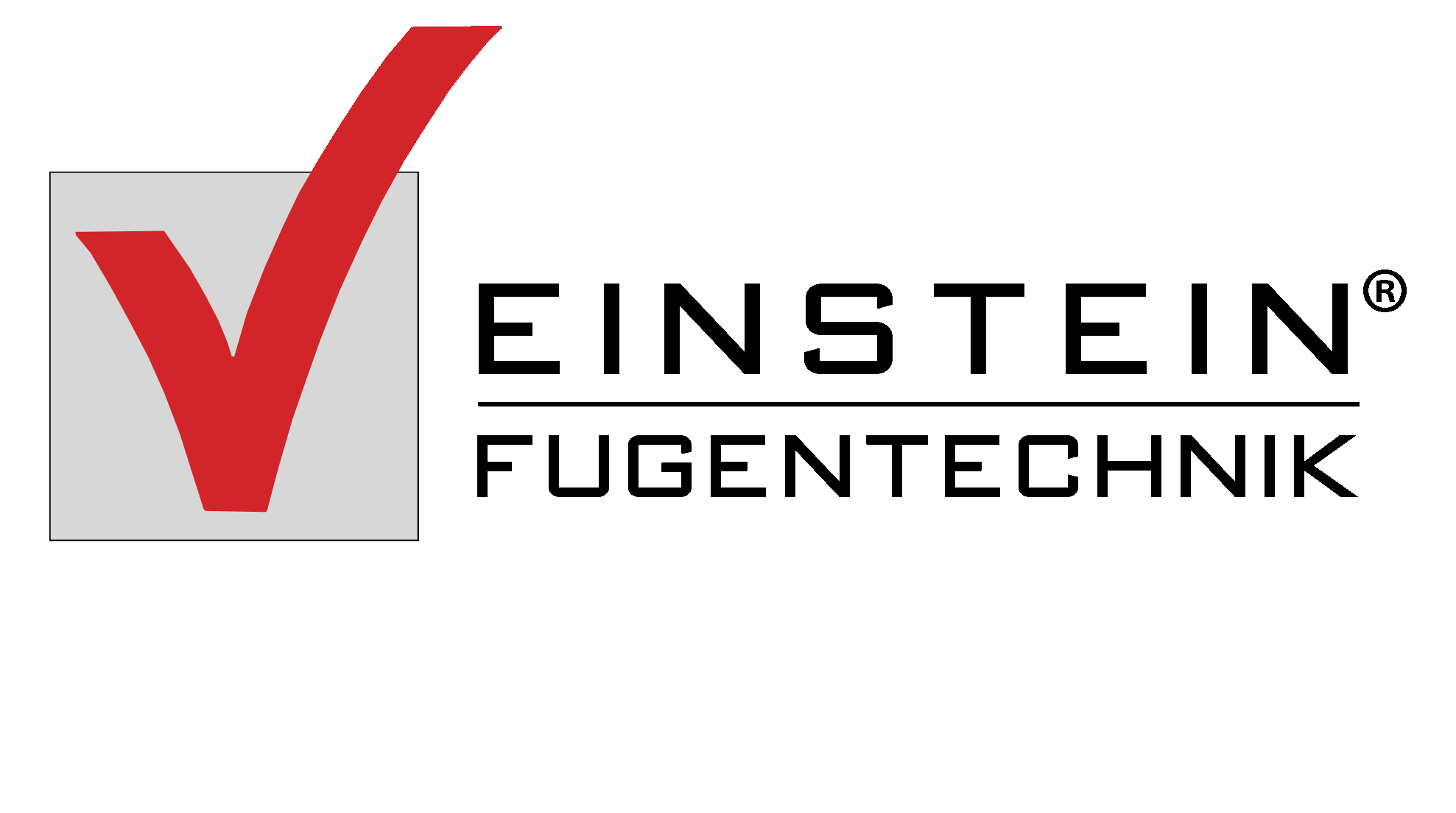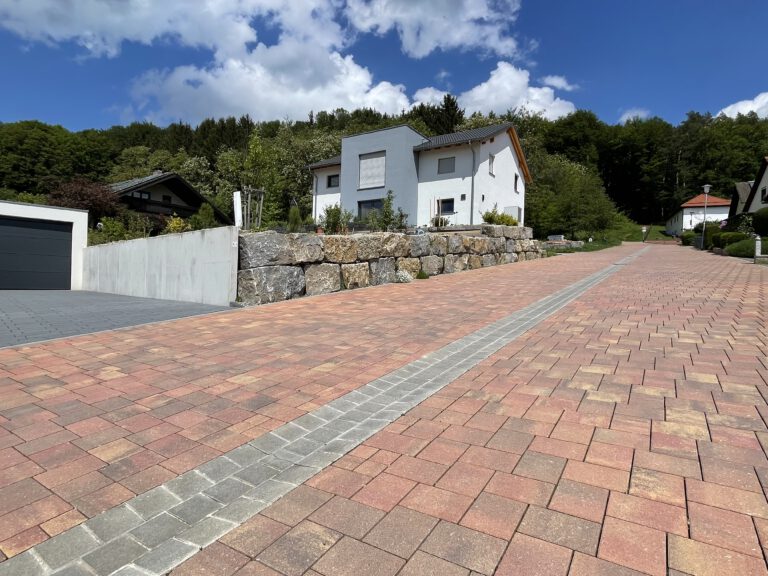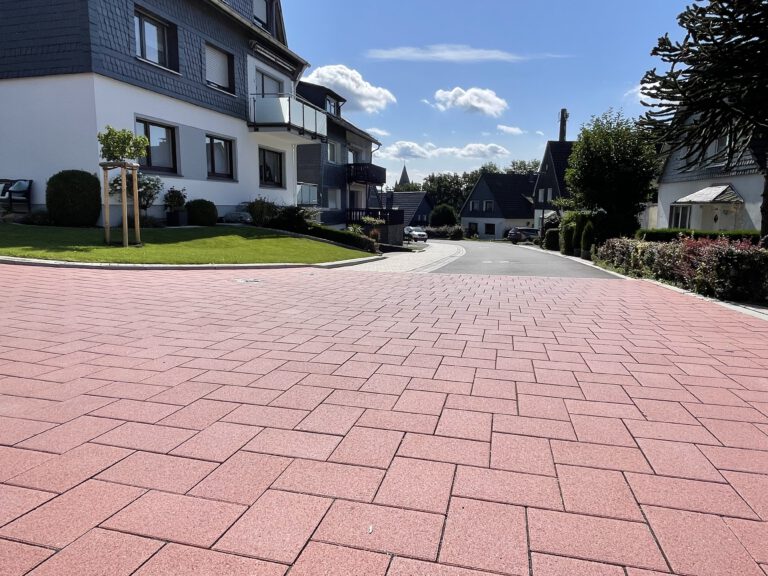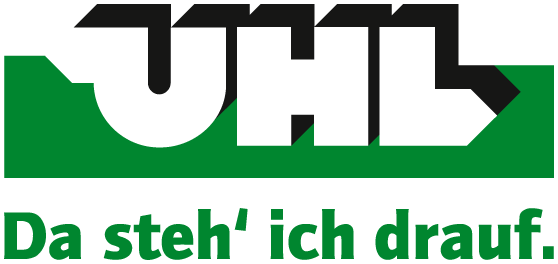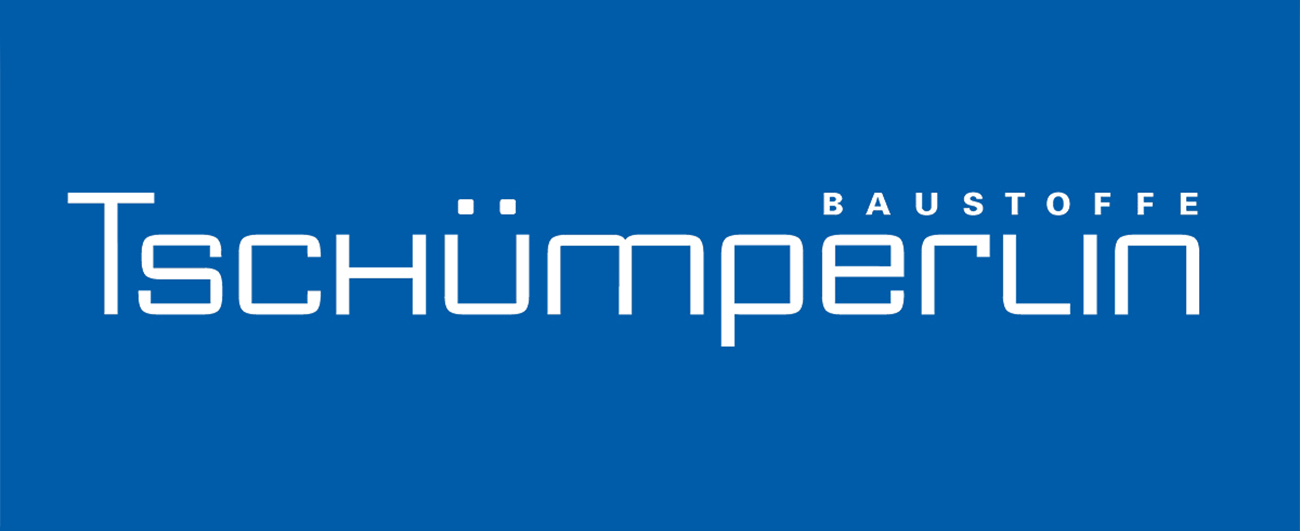Urban development funding in Bavaria places high demands on surface reinforcement
Since 1971, urban development funding in Bavaria has made a significant contribution to the urban renewal of towns, markets and villages with over five billion euros. Current priorities are the strengthening of city centers and town centers, the further development of urban areas and districts with particular social, economic and ecological development needs and the creation of sustainable urban structures in the face of loss of function. The focus is also on the paved areas of the town centers, as these are particularly well suited to creating the desired village ambience if designed appropriately. In addition to the external requirements, these areas must also increasingly fulfill various functional tasks. The example of the Middle Franconian municipality of Kalchreuth, where other important aspects had to be taken into account in addition to the visual appearance when renovating a small village, shows how different requirements for the paving can be met at the same time.
Ten kilometers north-east of Nuremberg in the district of Erlangen-Höchstadt lies the municipality of Kalchreuth, which has a population of around 3,000. A few years ago, when the go-ahead was given for a redevelopment project for the town’s thoroughfare as part of the urban development program, those responsible had several objectives to consider at the same time. Fritz Müller from the planning office of the same name in Eckental describes the situation: “The state road in Kalchreuth had a very wide road space in the area of the town entrances. In the side areas, there were longitudinal parking lanes and the sidewalk areas were relatively narrow throughout. In the core area, too, very narrow conditions prevailed in sections, both in the carriageway area and in the side areas. In some places, there were no sidewalks at all. The thoroughfare had almost no quality of stay and showed great deficits in terms of design and function. The road space was dominated by the carriageway, while the side areas were intended as “residual areas” for stationary traffic and finally for pedestrians. This planning philosophy from the 60s and 70s visually dominated the urban planning situation,” says Müller.
Upgrading the urban environment
Therefore, in addition to a complete resurfacing of the asphalt roadway, those responsible in the municipality also decided to redesign the side areas with a suitable paving material. The aim was to create an urban environment with an enhanced design and function in keeping with the central location and uses. In addition to the reorganization of moving and stationary traffic, the areas for pedestrians were to be significantly improved. To this end, the plan was to create a continuous, wide, easy-to-use footpath on the south side. For this reason, a pavement was sought that would significantly enhance the appearance of the area and also be able to withstand the loads over the long term. “After all, the sidewalks also serve as access roads to the stores and residents’ properties and are therefore exposed to a certain amount of stress – not just from cars,” explains Fritz Müller.
One-stone paving: optimum joint ensures stable surfaces
The decision was made to use “Il Basolo Plus” – a paving system from Angermüller near Coburg – for the approximately 5,000 square meters of paving to be paved. This 10 cm thick paving system from the Einstein paving family features D-point joint technology, which ensures that there is only minimal contact at the bottom edges of the stones when they are laid. Unlike many other interlocking pavers with spacer or interlocking cam systems, the proportion of the surface where the stones touch is therefore very small. This prevents crunching, and the joint required to absorb traffic loads is always maintained, thus ensuring optimum force transmission between the stones. “This property means that the loads acting on the surface cannot harm the paving,” explains Müller.
Shell limestone color brings quality of stay
But the paving used here also has its visual qualities. Fritz Müller: “The stones in the warm “shell limestone” color emphasize the village character and thus bring back the desired quality of stay to the village thoroughfare. The same material was used when the Bahnhofstrasse was renovated a few years ago – so the small village looks as if it has been cast from a single mold. As part of the redesign, the street furniture was also upgraded with the help of uniform benches, litter garbage cans, cycle stands and lights. In addition, every opportunity was taken to create small planting areas and plant street trees along the thoroughfare.”
The renovation work should be completed by the end of the year. Fritz Müller concludes: “From today’s perspective, the renovation has paid off: the area has become much more attractive and despite intensive use of the areas since the sidewalks were completed, there are no signs of any adverse effects.”

